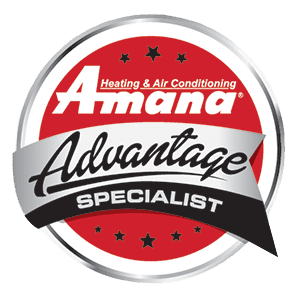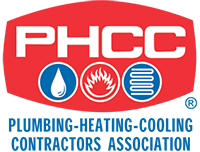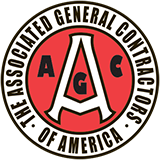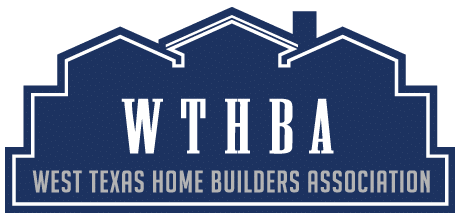 From pollen to mold spores to dust mites, allergens are everywhere. Without a good ventilation system, your allergies might not get a break even when you’re inside your home. You can’t control the allergens outside your home, but with a little attention to indoor air quality, you can breathe easily even at the height of allergy season.
From pollen to mold spores to dust mites, allergens are everywhere. Without a good ventilation system, your allergies might not get a break even when you’re inside your home. You can’t control the allergens outside your home, but with a little attention to indoor air quality, you can breathe easily even at the height of allergy season.
What Factors Affect Indoor Air Quality?
Every time you open a door, you allow allergens into your home. Pollen is a common culprit, but mold spores, bacteria and dust also find their way inside. Your air conditioning system also brings outside air in – air that carries the same freight of particulate matter and needs to be cleaned. Your air conditioner’s filtration system takes many of these small particles out of circulation, trapping them in the filter fibers.
Other pollutants come from within your home. It may surprise you to find that air pollutant levels can be 2 to 5 times higher than those in outside air, according to the Environmental Protection Agency. Common indoor pollutants include dust mites and their waste, tiny droplets of cooking oil, smoke, mold spores, cleaning chemicals and construction dust.
Clearing the Air
All air conditioning systems have some kind of filter, but not all filters are built the same. HEPA filters trap far smaller particles than a standard filter and are recommended for anyone who deals with allergies. The term HEPA is an acronym for high-efficiency particulate absorption; these filters trap and hold at least 99.97 percent of the particulate matter in the air. They’re commonly used in hospitals, assembly rooms and other areas that need to stay free of dust. They’re also available for home use in heating systems, air conditioners and air purifiers.
Purifiers take air quality a step further by eliminating microbial air pollution with ultraviolet light. Most bacteria, mold spores and other pathogens can’t tolerate ultraviolet light and are no longer viable after a pass through the air purifier. A purifying unit usually contains charcoal to neutralize chemical pollutants as well as a HEPA filter.
Reducing Allergens in Your Home
In addition to upgrading your filtration system, you can also cut down on allergens by creating a less hospitable environment for the things that provoke allergy attacks. Mold is a common allergen, but it needs moisture to thrive. Proper ventilation keeps dampness from collecting and allowing mold to grow. Dust mites, another frequent irritant, can’t thrive without the dust from which they get their name. Frequent vacuuming and changing air filters can help. If you have pets, bathe them frequently to prevent pet dander from building up in your carpets and upholstery. If possible, switch thick carpets for sleek hardwood floors to give allergens fewer places to hide.
Your air conditioning system is your best defense against allergens. Talk to an HVAC specialist with Bruce Thornton Air Conditioning and heating. We’ll provide an assessment to see how your air conditioner can help you breathe freely or to learn what an air purification system can do for your home.










